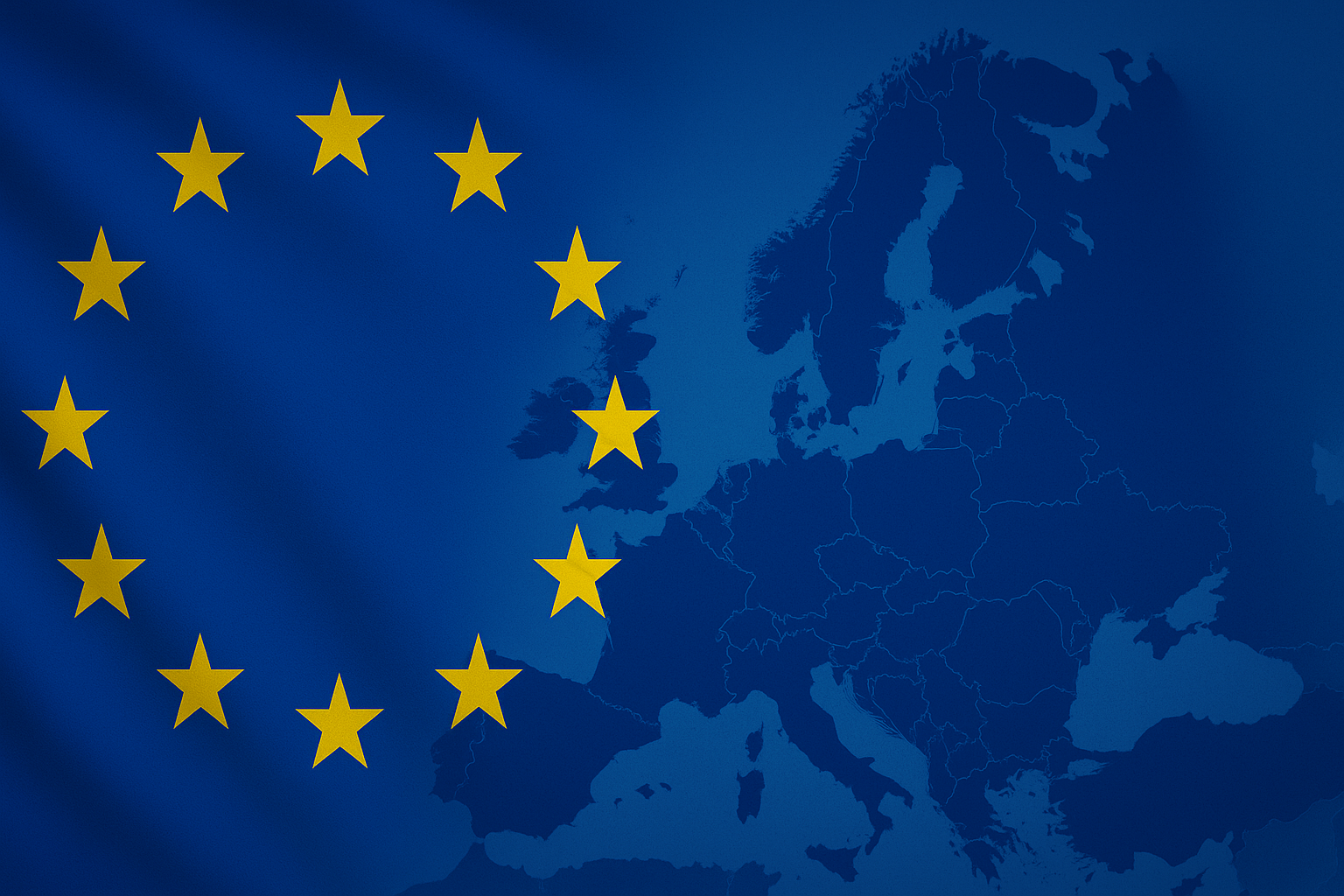Para leer este artículo en español, haz clic aquí.
Fraud is no longer confined to direct attacks on banks. Criminals have shifted their focus to consumers, who are more numerous, less protected, and easier to deceive.
Biocatch's 2025 Global Scams report shows scams worldwide have risen by 65%. In Latin America, the increase may be even higher. While banks and customers across the region are becoming more aware of fraud risks, existing defenses are struggling to keep up.
This evolving landscape has forced regulators, financial institutions, and technology providers to adapt quickly. From new reporting channels to emerging AI-driven scams, the challenge is not just stopping fraud but also keeping pace with its rapid evolution.
Scams on the rise
User reporting has increased across the region, helping authorities and banks better categorize scams and refine their strategies. Still, many reports remain hard to classify, which slows detection.
Investment, romance, and shopping scams are among those that have gained the most visibility. Once underreported due to victims’ fear of embarrassment or the burden of documentation, these cases are now more frequently surfaced thanks to easier reporting mechanisms created by financial institutions.
- Investment scams have expanded with the growth of digital wallets and crypto platforms, where fraudsters lure victims with promises of fast returns on small investments.
- Romance scams exploit the rise of dating apps and social platforms, with AI making it easier to generate fake identities and convincing backstories.
- Shopping scams ride the boom in e-commerce, using fraudulent sites or fake offers to extract payment details for products that never arrive.
Together, these scams illustrate how fraudsters exploit both human trust and digital convenience.
Regulation takes shape
Authorities across Latin America are beginning to follow the lead of countries such as Australia and the U.K., where regulators are pushing for customer reimbursement in fraud cases.
In Brazil, lawmakers are debating Bill 133/2022, which seeks to strengthen consumer protection in instant payments by obligating financial institutions to block, trace, and reimburse fraudulent Pix transfers. At the same time, the Central Bank introduced the Special Return Mechanism (MED), allowing victims of Pix scams or operational failures to request a refund.
Colombia has held similar discussions, particularly around loan repayments tied to cases of identity theft. As reports and complaints continue to rise, more governments are expected to strengthen protections and recovery options for victims.
The challenge of detection
AI has transformed scams, making them harder for both customers and institutions to detect. Documented cases already show scammers using deepfakes of celebrities, such as Elon Musk, to lure victims into fraudulent investments.
For financial institutions, the greatest challenge is distinguishing between legitimate activity and fraudulent actions carried out by a real customer under the influence of a scammer.
Another hurdle is the rapid pace at which new scams are created and refined, making investigation especially difficult. Experts expect that in the coming months, scams will become even more tailored, drawing on victims’ social media activity to identify connections, interests, and circumstances. That information can then be used to generate deepfake videos or stage video calls with convincing injected content. A recent case reported by CNN illustrates how these tactics are evolving.
The growth of smishing
Data breaches have become yet another powerful tool for fraudsters. While these incidents may at first appear to be aimed at stealing corporate information, the stolen data often fuels campaigns designed to trick individuals into revealing financial details through fake emails or text messages.
A recent Biocatch report highlights a resurgence of these attacks, with messages tailored to include a person’s name, phone number, and even the bank where they hold an account. With AI, scammers can merge stolen data from multiple sources to create highly convincing messages that are almost impossible to distinguish from legitimate ones.
Consider a fraudster with stolen information from your bank, internet provider, and online shopping platform. By linking those details, the scammer could send you a message so convincing it would be nearly impossible to spot as fake.
The most basic rule is: Never click on a link you did not request. But when a message appears to come from your bank, references past purchases, and greets you by name, resisting becomes far harder.
Behavioral intelligence and collaboration
To counter these threats, behavioral intelligence is now an essential defense. Solutions like those from Biocatch analyze how users interact with their devices — from typing rhythms to navigation patterns — to detect anomalies that may signal fraud or coercion.
The Biocatch Trust network takes this further, enabling banks to share financial crime intelligence with one another in real time, helping institutions assess fraud and money-laundering risks on the recipient end of user-initiated payments.
The result: a smarter, adaptive defense against evolving digital fraud.
For an in-depth look at scams in the Asia Pacific region, read Subhashish Bose's piece here.
For scams in the United States and Canada, read Rob Autrey's piece here.
For scams in Europe, the Middle East, and Africa, read Jonathan Frost's piece here.
To download our 2025 Global Scams report, click here.



